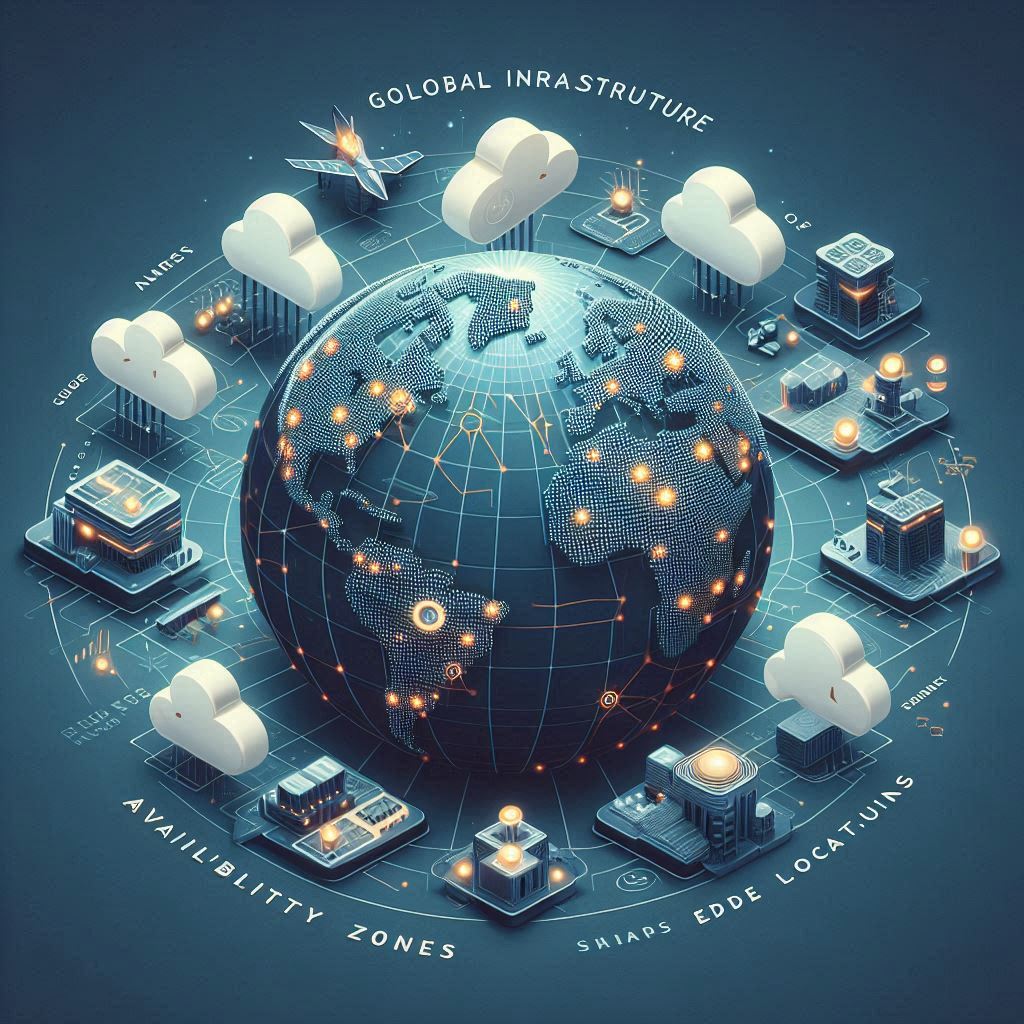-

AWS – AWS Global Infrastructure – Regions, Availability Zones, Edge Locations
AWS Global Infrastructure Table Of Contents: What Is AWS Global Infrastructure? What Is AWS Region? What Is AWS Availability Zone ? Edge Locations & AWS Global Network. AWS Wavelength (For 5G Applications) (1) What Is AWS Global Infrastructure? AWS Global Infrastructure refers to the physical and network components that power Amazon Web Services (AWS). It is designed to provide high availability, scalability, security, and low-latency performance for businesses worldwide. (2) What Is AWS Region ? An AWS Region is a geographically isolated area where AWS hosts cloud infrastructure. Each region consists of multiple data centers (called Availability Zones) to provide
-

AWS – How To Open An AWS Account ?
How To Open An AWS Account ? Table Of Contents: Go To The Official Website. Click On Get Started For Free Click On Create A Free Account Put Your Email Id & User Name & Verify. Complete Security Verification Enter Your Verification Code Sent To Your Mail. Enter Your Root User Password Enter Your Contact Information Complete Your Payment Confirm Your Identity Verify Your Mobile Number Select Your Support Plan Your Account Has Been Created Additional Info Go To AWS Management Console AWS Management Console Will Looks Like This (1) Go To The Official Website https://aws.amazon.com/ (2) Click On Get
-

AWS – AWS Learning Path.
AWS Learning Syllabus Table Of Contents: AWS Foundation AWS Global Infrastructure – Regions, Availability Zones, Edge Locations AWS Identity & Access Management (IAM) – Roles, Policies, Permissions Amazon EC2 – Virtual Machines, Auto Scaling, Load Balancing Amazon S3 – Data Storage, Security, Versioning, Lifecycle Policies AWS Lambda – Serverless Computing AWS CloudWatch & CloudTrail – Monitoring and Logging AWS Cost Management – Budgets, Pricing, Cost Optimization Data Storage & Databases Amazon S3 – Data lakes, Storage Classes, Permissions AWS Glue – ETL (Extract, Transform, Load) for data pipelines Amazon RDS – SQL databases (PostgreSQL, MySQL) Amazon DynamoDB – NoSQL database

